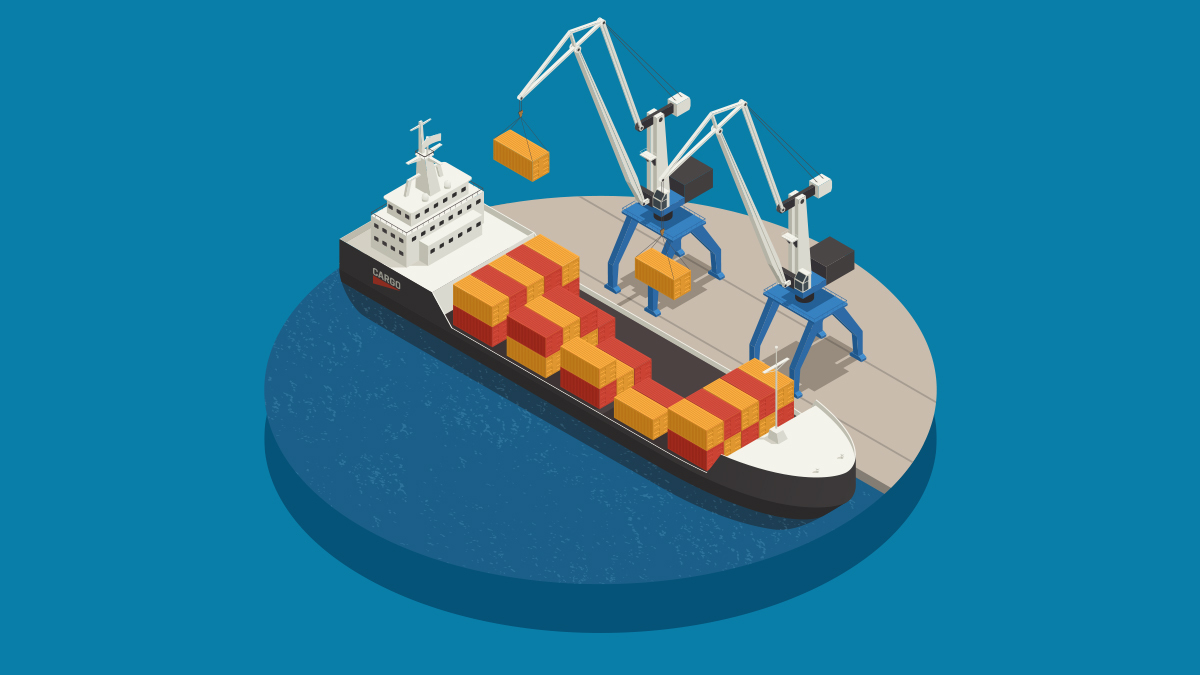Behind spiralling freight rates 2021: Signs of rebound?
Spiralling freight rates have left businesses worldwide scrambling to stay afloat and weather yet another year full of unknowns. Even now, as we have entered 2021, soaring prices are increasingly piling more pressure on the already stretched global supply chains.
To better equip ourselves for future disruptions and safeguard against the present market volatility, we must look at various factors that have shaped freight rates over the last several months.
Skyrocketing freight rates: Where did it all begin?
Companies caught global supply chains off guard
In Q2 2020, when governments worldwide imposed lockdown restrictions to contain the spread of covid-19, manufacturing units came to a halt. The assumption was that along with the demand for carrier services, rates would drop as well.
However, the events that followed had a counter effect. Production gradually resumed and caught the global supply chains off guard. Along that time, carriers servicing the main Transpacific East-West and Asia-Europe trades had withdrawn capacity. But demand for carrier space bounced back sooner than expected, resulting in a rush for securing space and inevitably, freight rates soared to record levels.
Blank sailings created a capacity crunch
Shipping lines reduced the number of vessels in water to prevent the rates from dropping too low and fetch better margins. These blank sailings worked against those shippers who could and wanted to ship goods. Despite the drop in oil prices, with cancelled sailings, prices continued to skyrocket.
Acute container shortage crisis
At the beginning of the pandemic, cargo arriving from high-risk countries was quarantined at ports for 14 days. This led to a slowdown in the turnaround time for containers. Besides, as Asian countries were first to recover, thousands of boxes headed out of Asia to the US and Europe, only to not return soon enough.
The cascading effect caused congestion at major ports and escalated freight levels — as high as over 200% year-over-year for some trade lanes.
Aeroplanes remained grounded
Over half of the world’s air freight moves in the belly of passenger planes. As passenger planes remained grounded for a substantial amount of time, shippers who would otherwise ship goods by air rapidly turned to ocean freight, worsening the capacity crunch. This spike in demand further pushed rates to eye-watering levels.
Lack of workforce
An inadequate workforce made it challenging to clear the backlog of containers from ports. On the other hand, the lack of crew members on board compromised the ability of vessels to operate efficiently. As maintenance of vessels emerged as an issue, many ships remained parked in the dock, further shrinking capacity.
Outlook 2021: What will freight rates look like in the near future?
Although projections indicate that maritime trade will recover and expand by 4.8% in 2021, it’s becoming clear that the impact of 2020 is bound to create strong ripple effects in 2021. Sea-intelligence, in its analysis, said that for 2021, overall contract levels are indeed likely to be at significantly higher levels than experienced in recent years, irrespective of whether the pandemic gets under control.
Besides, due to market volatility, the rates offered by freight forwarders become irrelevant within a couple of weeks. Faltering contracts have forced organisations worldwide to turn to the spot market to fulfil their shipment orders.
As of mid-March, there’s no smooth sailing for ocean freight rates. However, the CNY has marked an improvement in the booking forecast. The disruption in the circulation of containers too, is expected to ease in the first half of 2021. This indicates a development wherein, with eventual normalisation of carrier schedules and import-export patterns, freight rates will stage a gradual rebound by Q2 2021.
What’s different now from a year ago is that organisations are investing in ways to better deal with the uncertainty. The challenge that now remains is how to optimise supply chains best and prepare them for the post-pandemic world.
In these times of uncertainty, we helped our clients ensure that they received the very best rates from their vendors by deploying the power of our unique Recursive Rate Reduction system and engaging them in a series of automated negotiations to drive savings and efficiencies.
Interested to learn how we could help you? Reach out to us here today!
